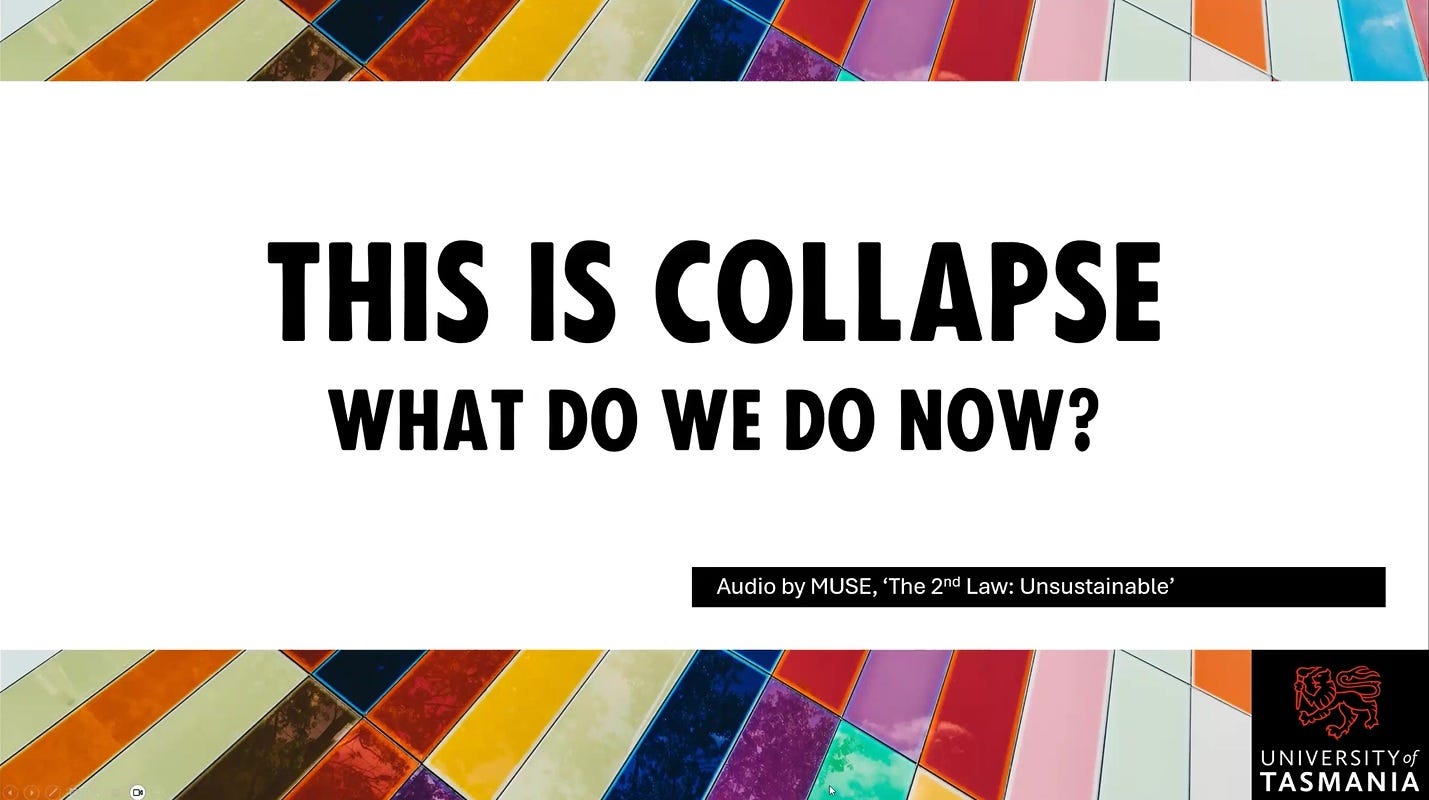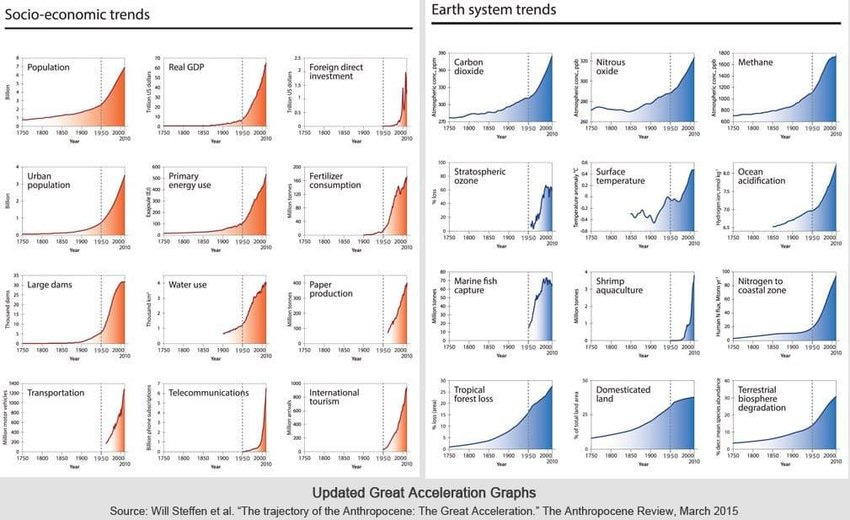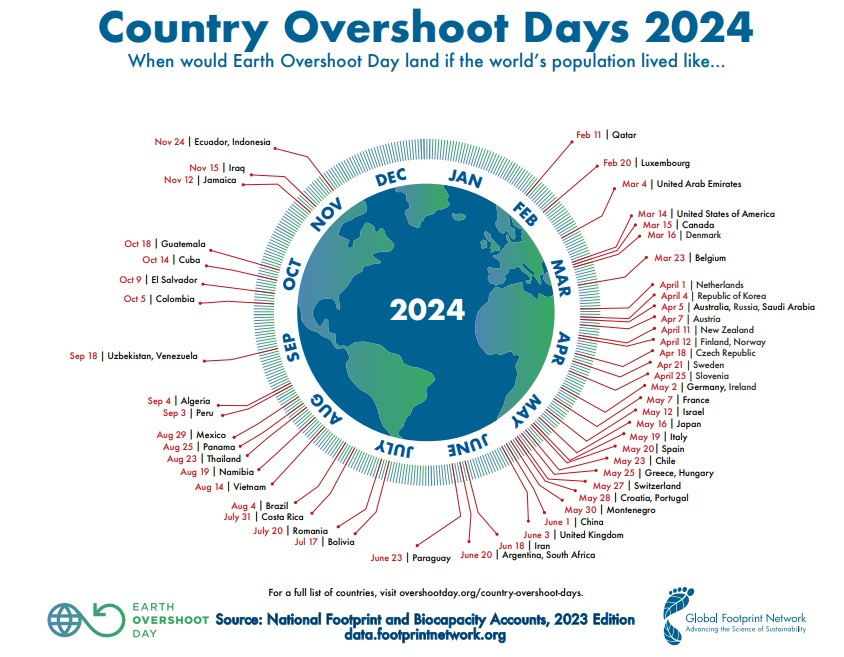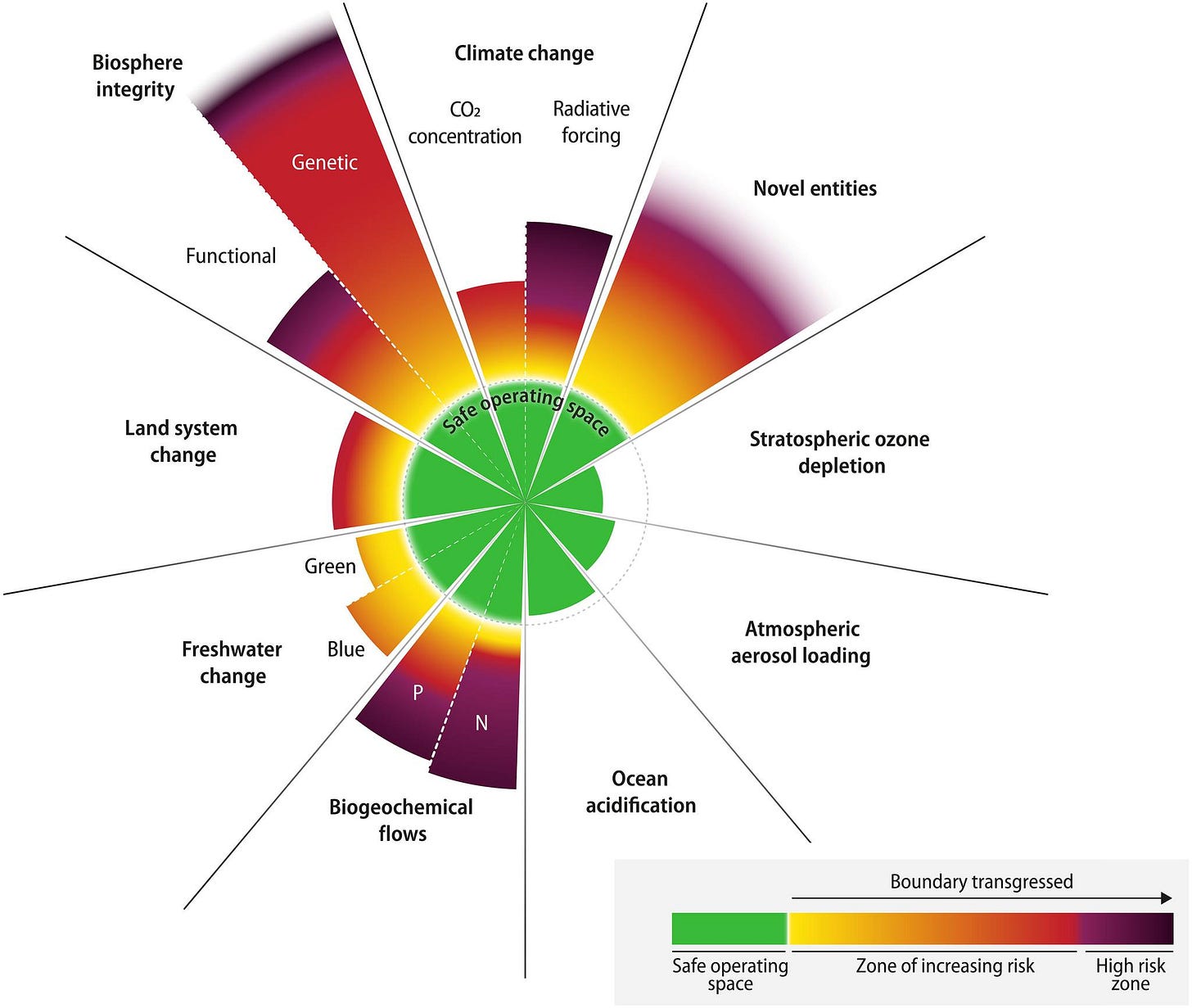Doomed!
Collapse - What now?
We… are all… going… to die.
Memento Mori. – Remember Death.
Our inevitable demise is a fact of life that children come to understand well before the age of 10. And, despite much hype regarding ‘doomerism’, instances whereby children (or adults for that matter) who upon learning of the inevitability of their fate, then withdraw, give up, and become nihilists, is very much overstated.
The painting you see here is by the Italian artist Caravaggio, painted in 1605, and describes the practise of St Jerome, and many other writers, of keeping a human skull upon their desks. This practice was intended to focus the mind – and to inspire big thoughts written with gravitas, because life is fleeting, and death comes for all.
We’re doomed! This amusing catchphrase by Private Frazer (commemorated here on a UK postage stamp) is taken from the beloved BBC comedy ‘Dad’s Army’. Although the intent of this catchphrase was to signify unrealistic catastrophising, and hence to invite ridicule, it is perhaps worth recalling, that Private Frazer’s civilian occupation was that of an undertaker. Memento Mori indeed.
Life, (to the best of all scientific knowledge), is 100% fatal in every instance. This… is… doom. If human procreation were a virus, it would be declared a planetary emergency.
Honestly who would bring a child into the world under such circumstances? Well, loads of people as it turns out. Having recently reached 8 billion humans in 2022, (bringing about the extinction of countless species, and altering the chemistry of our oceans and atmosphere in the process (The Global North having the lion’s share of responsibility), we’re now in 2025 already well on our way towards 8 and a quarter. Humans! Humans! Humans! Hu… mans…
Life, they say, is for the living. And despite the inevitability of death, and perhaps – even because of it, people generally, continue to value and celebrate life, even under the most dreadful of circumstances - like, for example, the criminal dispossession and ethnic-cleansing of Palestine by the state of Israel. Even though Palestine, which has recently endured more explosive munitions than were used during WW2 on both London and Dresden, even so, after many decades of oppression, the Palestinian people continue - to live, love, have children, and celebrate life.
I say all of this at the outset, because of the pervasiveness of ‘toxic-positivity’.
A toxic positivity which actively supports both delusion and censorship. A toxic positivity that looks out at the many-headed hydra of our unsustainable predicament – the runaway climate, a sixth mass-extinction, spermageddon, peak everything – and smiles as it lies through its teeth saying, “Don’t worry kids – we got this!”
Well, I’m not not going to infantalise you. I’m going to treat you like grown-ups because the truth matters. Because, (and this really basic logic) you can’t actually DO anything about your circumstances if you don’t KNOW what your circumstances are. Sometimes you need the doctor to give it to you straight. So, with that in mind - sorry kids, we ain’t got this. We ain’t got this at all. Let’s avoid euphemisms and speak plainly – this is collapse, and collapse changes everything.
Following other worthy revolutionary struggles directed toward ending the violence of sexism and racism, many environmentalists have assumed that the ‘rights of nature’ and an eco-centric worldview, are next, in this series of progressive milestones - a long arc, in the immortal words of Martin Luther King, which (so the theory goes) inevitably bend towards justice. Unfortunately, the story of human progress is also the story of extreme human ecological overshoot.
Let’s get real – unfortunately, despite the very best of intentions, tied to human progress, the story of modern environmentalism is a tale is of truly epic failure.
Demonstrably illustrating this failure, and its connection to the ideals of progress, is the series of graphs collectively known as The Great Acceleration. Divided into two halves, one set of graphs in orange illustrates the ‘hockey-stick’ like socio-economic trends of increased affluence, production, and consumption often taken as a signifier of human progress – advancement in transportation, technology, communication, energy, etc.
These are then juxtaposed against the second set of graphs in blue depicting earth-systems which follow conspicuously similar trajectories – carbon dioxide, ocean acidification, tropical forest loss, terrestrial biosphere degradation, etc. etc… The relationship is all too clear: the history of human progress is fundamentally entwined with the history of planetary destruction.
Solutions? Let’s talk about solutions. Are there any solutions to extreme human ecological overshoot? The inconvenient truth is that once 8+ billion people are put into existence, there really is no ‘un-baking’ that cake, and however much we may try to reduce our own ecological footprint, we can’t stop consuming entirely. This is a predicament.
‘Overshooting’ late in the year, despite populations living far less wantonly consumptive existences, Indonesia, which includes vast tracts of biodiverse forest, and Ecuador, which includes some of the Amazonian rainforest, are also nonetheless, still in ecological overshoot.
An entirely theoretical global effort to voluntarily reduce the human population by adopting highly restrictive reproductive policies, would take multiple generations we now no longer have. And no Thanos-like space alien magic is going to bring us back into planetary boundaries any time soon. No – unless somebody is going to invent a time-machine in the relatively near-future, there really is no way back. Of course, if somebody in the future will be inventing a time-machine then obviously I won’t be here talking to you about the mess we’re in, so, as I’m still here, clearly that doesn’t work out. Any more bright ideas…?
Techno-fixes. They’re everywhere! Author of the seminal book titled ‘Collapse – How Societiess Choose to Fail or Succeed”, Professor Jared Diamond wrote – “All of our current environmental problems are unanticipated harmful consequences of our existing technology. There is no basis for believing that technology will miraculously stop causing new and unanticipated problems while it is solving the problems that it previously produced.” Ergo – more of the problem is never the solution. Once upon a time, Abert Einstein suggested that endlessly repeating an experiment and hoping for different results, is the definition of insanity.
Yet the international community, the IPCC, the ‘Greens’, the overwhelming majority of NGO’s, and environmental activists, all call out for various techno-fixes to the predicament as though a complex global modern industrial civilisation of 8+ billion people (and their 30 billion domesticated animals), can somehow be made ‘sustainable’. Well, I’m sorry if I’m bursting anybody’s bubble here…. but it can’t. It just can’t.
Sustainable mining, sustainable steel, sustainable fashion, sustainable tourism… If this was a joke, it would be funny – but these people are serious! - and they have serious money backing them.
Offering a different perspective from eco-modernist environmentalism which promises that you can still have your cake and eat it too, by simply advancing business-as-usual by alternate means, conversely, we have the conservationists who ask us to voluntarily scale-down the human enterprise, do more with less, and intentionally ‘degrow’ our way back to the planetary limits we’ve already egregiously transgressed. All the way back to the green circle you see in the middle here.
Obstacles? Well, setting aside the vastly diminished ecological carrying capacity making that green inner circle a barely perceptible dot, you’ve got domestic political inertia, complex geopolitics, international supply chains, cultural expectations, and the momentum of the existing systems, to contend with.
But what really must be understood is the monumental scale of the scaling down that is required. Our issue here is not one of ‘political will’, but rather the 2nd law of thermodynamics. The vast and unprecedented transformation required to theoretically scale-down and degrow the extraordinary global industrial human enterprise, is a vast and unprecedented transformation of materials and energy, creating vast and unprecedented entropy – a hypergrowth of waste, heat, and toxic pollution. I’ll state it as clearly as clear as I can– collapse isn’t optional. Collapse is inevitable.
Sustainability? What does ‘sustainability’ actually look like? This is one of the most important questions anybody can ask. The answer is unfortunately, not as much as you’d hope. Let’s examine this word critically – What is a demonstrable example of sustainability?
Well, prior to invasion by European colonisers, the Palawa people of the little island at the base of the Australian continent, in Lutrawitta/Tasmania, maintained a stable civilisation of around 10 000 people for many, many, thousands of years whilst so many other civilisations rose and fell like waves upon the shore.
These were rich cultural lives lived more briefly perhaps, but with a lot less doom-scrolling. Casting around, for examples of sustainable human civilisation, it’s hard to look past the example set by the first nations peoples of the continent of Australia.
However, here, now in Tasmania, we homo-sapiens are no longer 10 000 sustainable people but 500 000 1st world consumers living (on average) 5 planet lifestyles …. only 1 planet. Even a six-year-old could tell you – this math is bad.
Don’t just collapse, JustCollapse!
Thanks for reading this shortened email length version of my presentation at the recent UTAS collapse forum. The entire recorded event can be found on the JustCollapse.org YouTube account.













The issue that is often/always missed, when thinking about earth overshoot day, is that it refers only to our capture of primary productivity. It has nothing to say about use of non-renewable resources. It's because of this that, even if the world reduced it's capture of primary productivity to less than Ecuador, it would still be unsustainable if it relied on non-renewable resources.
You mentioned sustainability and Richard Heinberg did a good job of describing what is needed to be sustainable, in his Five Axioms of Sustainability (easily searched for) though I distill them down to the following.
If the activity/society consumes any resource beyond its renewal rate, it isn't sustainable. And remember that non-renewable resources have a renewal rate of, effectively, zero.
If the activity/society produces waste, or damages the environment, beyond the environment's ability to assimilate that waste or damage, it isn't sustainable.
So, not only is collapse inevitable, there is no way to retain anything from modernity indefinitely. The only sustainable way of life appears to be hunting and gathering, though this is only possible in climax ecosystems.
There’s no good way out of this predicament, but we can still affect just how bad it has to be. This is the only reason to keep pushing in the right direction. Thank you to you and Just Collapse 🙏